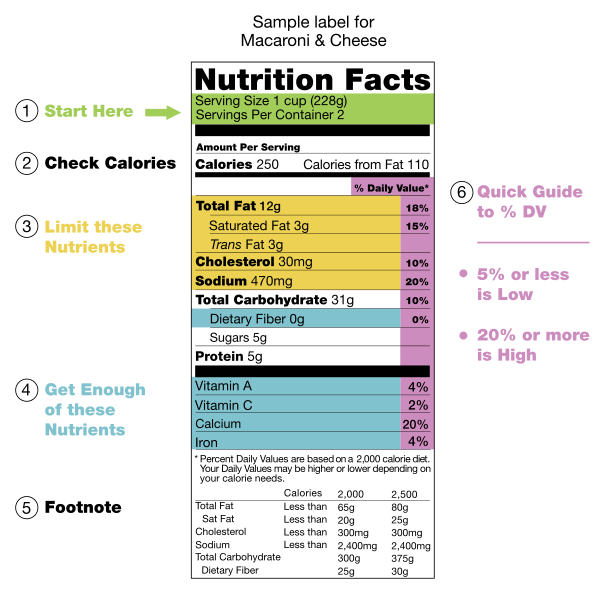Contents
Organic Chemistry
Living things are composed of organic molecules primarily made up of the elements carbon and hydrogen. Molecules of hydrogen and carbon (referred to as hydrocarbons) have the property of being non–polar. Yet 70- 90% of cells are composed of water (a polar compound). Polar substances mix with other polar substances. Likewise, non-polar substances interact with other non-polar compounds. Polar and non-polar compounds are immiscible (unable to mix).
So how do cells keep from falling apart in a water environment?
Functional groups are clusters of atoms in a group that impart a new “function” to the compound they are attached to. Hydrocarbons in cells have functional groups attached to them that permit them to interact with the water environment of the cell. These functional groups also define the type of molecule it is based on the characteristics of those groups.

How are macromolecules assembled?
The common organic compounds of living organisms are carbohydrates, proteins, lipids, and nucleic acids. Each of these are macromolecules or polymers made of smaller subunits called monomers. The bonds between these subunits are formed by a process called dehydration synthesis. This process requires energy; a molecule of water is removed (dehydration) and a covalent bond is formed between the subunits. Because a new water molecule is formed, this is also referred to as condensation. The opposite where water and energy are used to break apart polymers into simpler monomers is called hydrolysis (hydro– water, lysis– to break or split).

Where do we find macromolecules?

Additional Resources
Vocabulary
|
|

